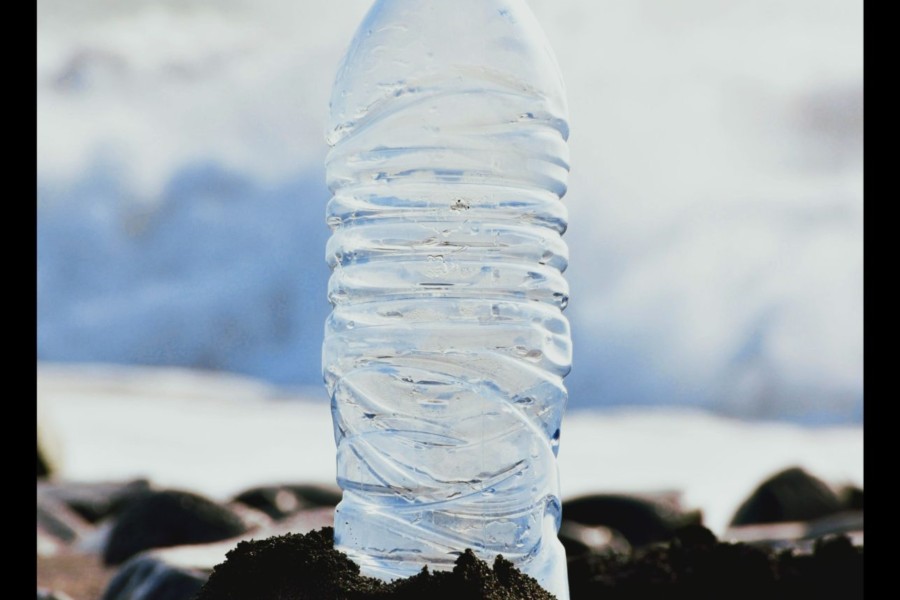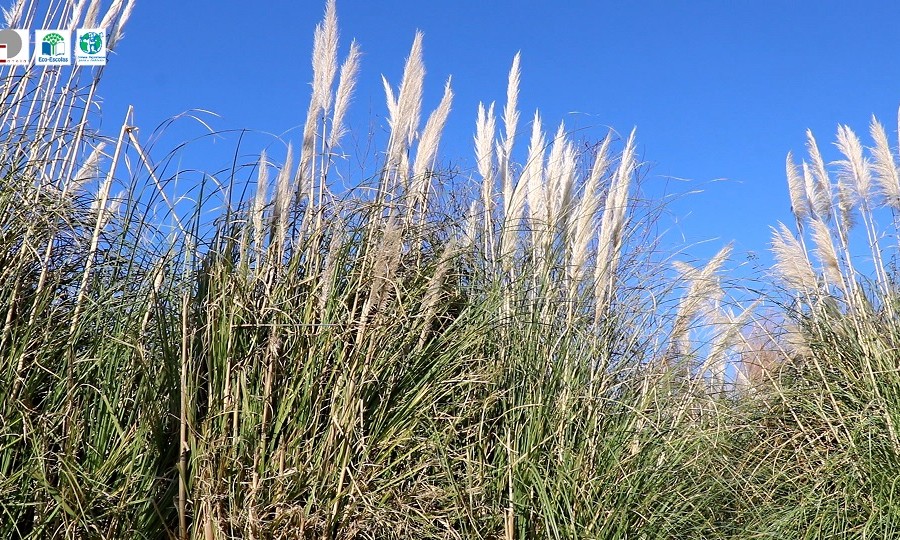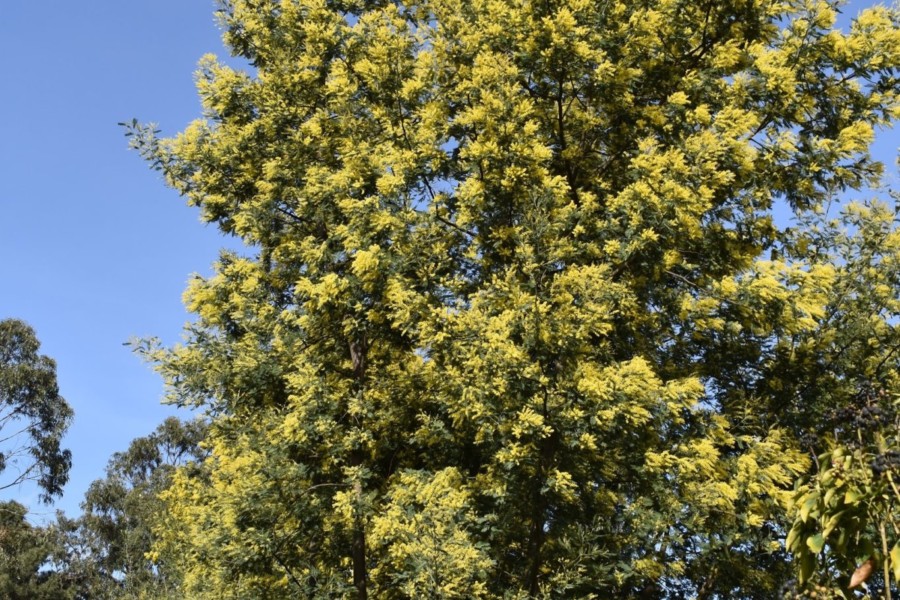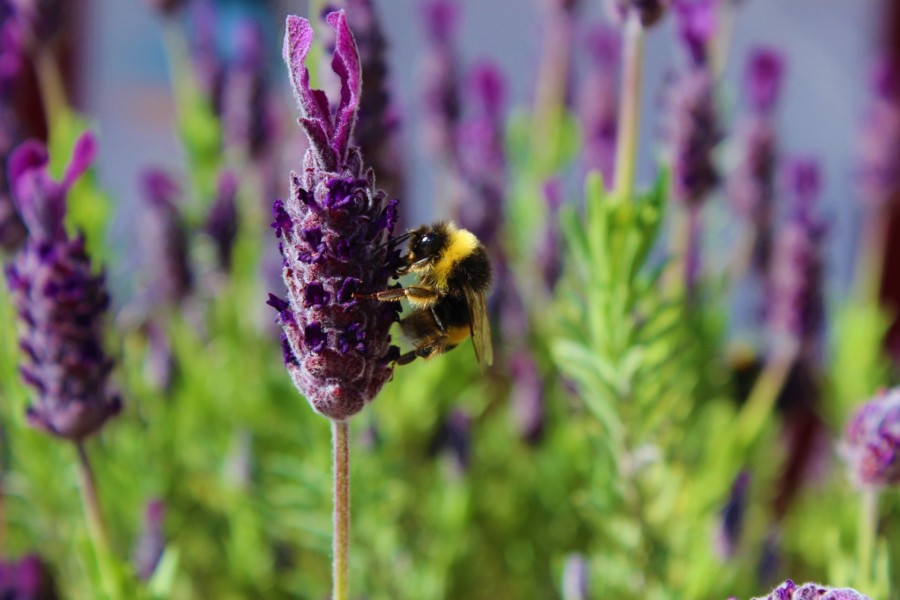
Uma Garrafa a Caminho do Oceano
Esta foto foi tirada a uma garrafa de água, abandonada na areia basáltica da Praia Formosa, na ilha da Madeira. Esta pequena ação pode prejudicar vários seres vivos aquáticos.

Pamp grass, the invader of cutting leaves
Cortaderia Selloana is usually known as Pampas grass.
This exotic plant from ~South America was introduced in Portugal to adorn gardens.
Nowadays, due to its characteristics, it is on of the main invasive plants of the Portuguese northern coast.

One single seed will destroy your ecosystem
Two distant countries, yet there are so many similarities, like cultural or linguistic ones, between Portugal and Romania. Environmental issues, unfortunately, do not escape from these resemblances. The invasion of alien species (IAS) in both countries is something that we are used to seeing and the consequences are often the same, changing all the surrounding ecosystem and in the near future, possibly destroying it. All of this is being verified in the invasion and substitution of autochthonous species that, after their arrival, take advantage of the climate change in that country.

Pollinators, the queens of life
Everyone knows that if there is an essential living being to the human race, this being is the bee. Bees, like the bumblebee in the photography (Bombus), perform pollination, transporting the pollen between the plants. It is known that 2% of the bees in the world are responsible for pollinating 80% of the plantations on a global scale. For this reason, bees support life on Earth as we know it. Bee populations are declining. This is due to several reasons, such as: intensive agriculture, pesticide use, pollution, the introduction of invasive species, diseases and climate change.


You must be logged in to post a comment.